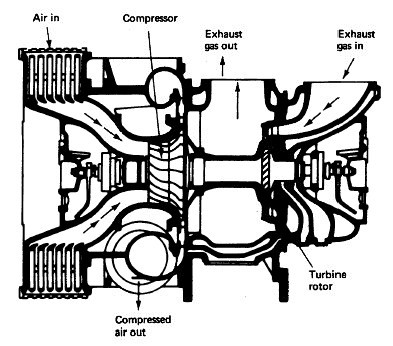
Reason of Turbocharger damages and recommendations to avoid turbo failure
Turbochargers are among the most technologically advanced engine
component onboard ship. Impeller blades of a medium sized turbocharger
regularly rotate at as much as 400 revolutions per second. The outer edges
of the rotor blades thus move at 1.5 times the speed of sound.
In the process, the turbocharger digests contaminated exhaust gases of up to 700 degrees centigrade. Thus, the turbocharger is a very sensitive piece of high-speed machinery continuously serving in harsh conditions and under extreme strain. Being on the receiving end of gas flows, turbocharger damages are often caused by the failure of various upstream components.
In the process, the turbocharger digests contaminated exhaust gases of up to 700 degrees centigrade. Thus, the turbocharger is a very sensitive piece of high-speed machinery continuously serving in harsh conditions and under extreme strain. Being on the receiving end of gas flows, turbocharger damages are often caused by the failure of various upstream components.


